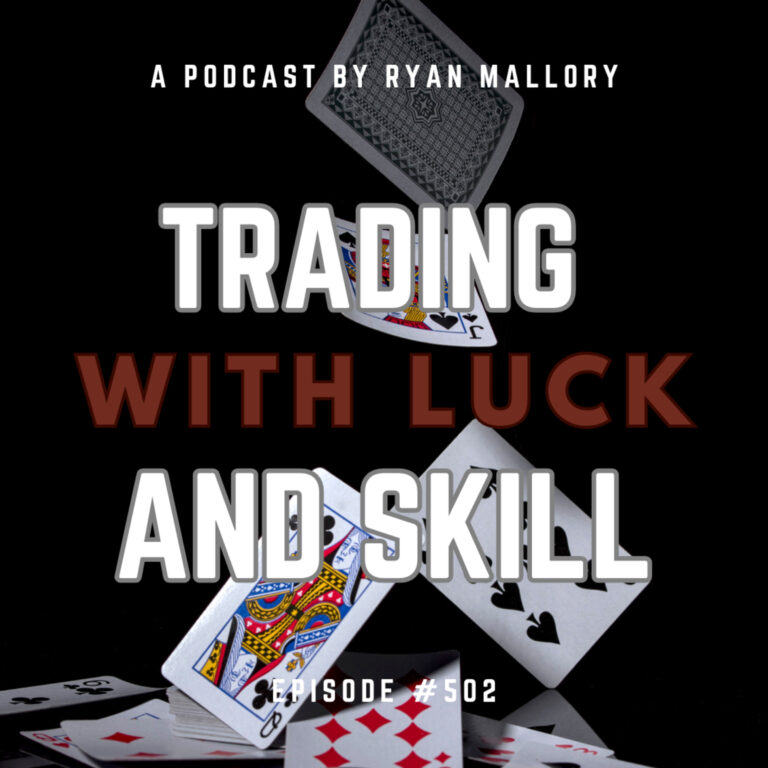Here’s how to trade a bear flag setup
Bear flag patterns are one of the best chart patterns you can trade in a bear market and so let’s talk about how to trade a bear flag pattern.
Just in case you don’t know what a bear flag pattern is, it is basically a pause in a downward price trend that looks like a little flag on a on a flag pole, but on the bottom of the flag pole, and still flapping in the wind! Essentially you have it to where prices are dropping hard (that’s the flagpole), then they settle down and bounce around in a narrow range (that’s the flag part), before continuing to fall again – that’s your confirmation of the pattern. Traders watch for this pattern because it’s often a signal that the downward move isn’t done yet.
How the bear flag sets up:
Let’s take Floor & Decor (FND). A stock in the discretionary sector, getting hit pretty hard by the ongoing tariff trade war between the United States and China. The chart is setting up for a another leg lower as you can see here:

You have three important elements to this trade setup that includes a bear flag:
- Bear flag setting up in the short-term.
- Declining resistance or downward trend on the short-term offering additional resistance (bonus).
- Bear flag that confirmed, though this stock will be very sensitive to trade war news.
Having multiple layers of resistance above what would be an ideal stop-loss is also important. Placing the stop-loss above the April 9th highs is a large one relative to the entry price, which means to get a 2:1 return on the trade setup would require an $18 drop in the price of the stock, and would need to be able to reach $51/share to justify the trade setup. So there’s no way I’m doing that. I’d be more inclined to use the 20-day moving average to essentially work as a trailing stop per se. A move above the 20-day moving average and I would cover my short setup. That also helps tor reduce the risk substantially, plus the stock has a history of price rejection at the 20-day MA.

Using the moving averages for risk management
When it comes to using moving averages for stop-loss placement, and in this case the 20-day moving average, I use the previous day’s reading, because the current day hasn’t been established yet and subject to change, plus if the stock starts to move against me, it is difficult to know where exactly that stop-loss will be placed at. Thus, I use the previous day’s reading to place my stop just above.
Again, I would like to use the April ninth highs, but that is simply too much to justify that kind of counter move.
My target price for trading the bear flag pattern
Ideally I would like to see this one dip below the the $60 range and hit the bottom end of that target area. If so there is about $12/share of downside for the trade setup, and with the ideal entry price at $71, that gives it about a 2:1 reward-to-risk ratio which allows me to justify this trade.

At the time of this post, I don’t know how this trade ultimately works out, I suppose, in the future, you could readily figure that one out. And if you find that it doesn’t play out the way the trade setup would hope for it to, doesn’t mean that technical analysis doesn’t work, it just means that price didn’t playout the way the chart suggested it would – and that is the essence of technical analysis, as it is here to provide an edge, a probability, but not a certainty. We call Keven Durant and Steph Curry excellent 3-point shooters, and they only convert on +40% of their shot attempts, so just because it doesn’t work all the time, doesn’t mean it doesn’t work.
And there you have it the essence of a bear flag pattern and how I trade them.
Become part of the Trading Block and get my trades, and learn how I manage them for consistent profits. With your subscription you will get my real-time trade setups via Discord and email, as well as become part of an incredibly helpful and knowledgeable community of traders to grow and learn with. If you’re not sure it is for you, don’t worry, because you get a Free 7-Day Trial. So Sign Up Today!

Welcome to Swing Trading the Stock Market Podcast!
I want you to become a better trader, and you know what? You absolutely can!
Commit these three rules to memory and to your trading:
#1: Manage the RISK ALWAYS!
#2: Keep the Losses Small
#3: Do #1 & #2 and the profits will take care of themselves.
That’s right, successful swing-trading is about managing the risk, and with Swing Trading the Stock Market podcast, I encourage you to email me (ryan@shareplanner.com) your questions, and there’s a good chance I’ll make a future podcast out of your stock market related question.
Is it better to be lucky or skillful when it comes to being a good trader? I would argue you can have it both ways, but it requires that skill manages the luck, and at times when luck is simply against you too.
Be sure to check out my Swing-Trading offering through SharePlanner that goes hand-in-hand with my podcast, offering all of the research, charts and technical analysis on the stock market and individual stocks, not to mention my personal watch-lists, reviews and regular updates on the most popular stocks, including the all-important big tech stocks. Check it out now at: https://www.shareplanner.com/premium-plans
📈 START SWING-TRADING WITH ME! 📈
Click here to subscribe: https://shareplanner.com/tradingblock
— — — — — — — — —
💻 STOCK MARKET TRAINING COURSES 💻
Click here for all of my training courses: https://www.shareplanner.com/trading-academy
– The A-Z of the Self-Made Trader –https://www.shareplanner.com/the-a-z-of-the-self-made-trader
– The Winning Watch-List — https://www.shareplanner.com/winning-watchlist
– Patterns to Profits — https://www.shareplanner.com/patterns-to-profits
– Get 1-on-1 Coaching — https://www.shareplanner.com/coaching
— — — — — — — — —
❤️ SUBSCRIBE TO MY YOUTUBE CHANNEL 📺
Click here to subscribe: https://www.youtube.com/shareplanner?sub_confirmation=1
🎧 LISTEN TO MY PODCAST 🎵
Click here to listen to my podcast: https://open.spotify.com/show/5Nn7MhTB9HJSyQ0C6bMKXI
— — — — — — — — —
💰 FREE RESOURCES 💰
— — — — — — — — —
🛠 TOOLS OF THE TRADE 🛠
Software I use (TC2000): https://bit.ly/2HBdnBm
— — — — — — — — —
📱 FOLLOW SHAREPLANNER ON SOCIAL MEDIA 📱
*Disclaimer: Ryan Mallory is not a financial adviser and this podcast is for entertainment purposes only. Consult your financial adviser before making any decisions.




